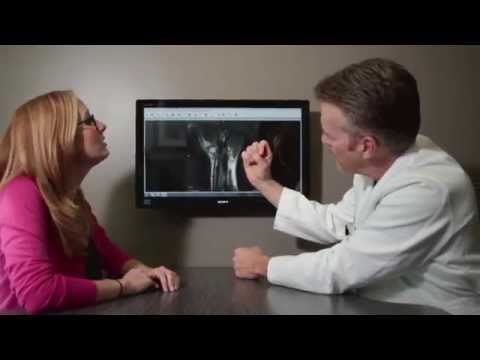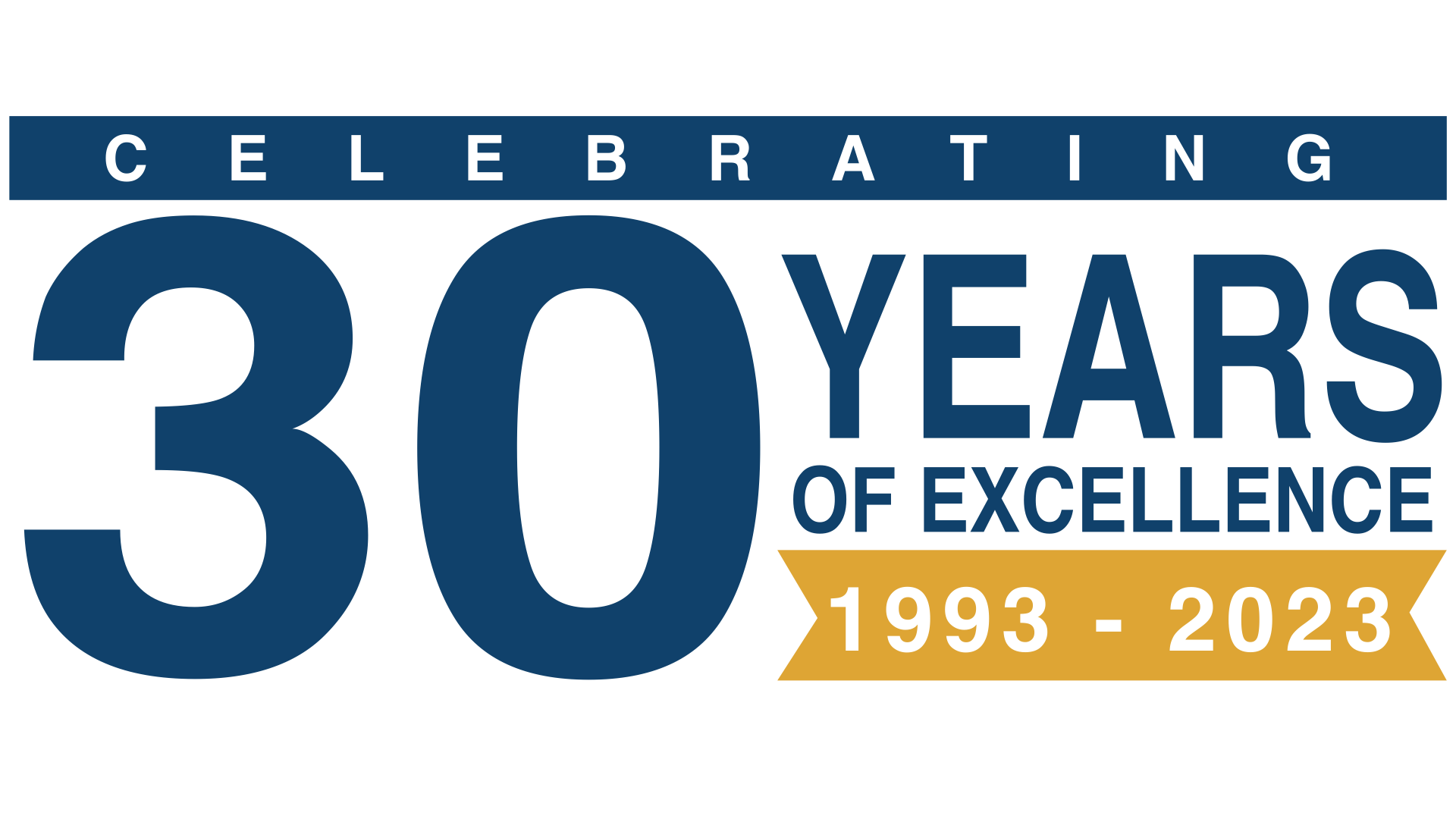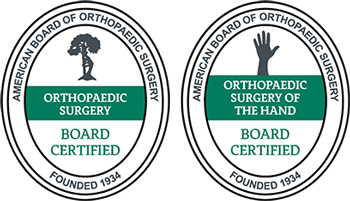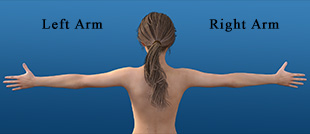ECU Subluxation
Contents
What is ECU Subluxation?
The ECU, or Extensor Carpi Ulnaris, is the must ulnar of the muscles of the forearm, and extends from the elbow to the hand, where it joins by inserting into the fifth metacarpal, the bone that leads to the little, or pinky, finger. As the ECU shifts into a tendon and joins the bones of the hand, it passes through a fibrous tunnel at the base of the ulna, and when this sheath is injured, the tendon can be affected. When the tendon occupies the wrong space within the sheath or is moved to an extreme degree within this sheath, it is known as subluxation.
What causes ECU Subluxation?
ECU subluxation is caused when the fibrous sheath through which the ECU tendon passes upon reaching the wrist joint become injured, whether through trauma or repetitive injury. Inflammation of the sheath can cause the tendon to become displaced, and more serious injury to the sheath might become torn, and the tendon may then exit the sheath entirely.
What are the symptoms of ECU Subluxation?
ECU subluxation most often presents with a searing pain to the affected area, being the ulnar aspect of the wrist. Snapping can also be felt, as the misplaced tendon interacts with the bones of the wrist where it has been moved. The displacement of the tendon is also often visible upon physical examination of the injured area.
How is ECU Subluxation diagnosed?
As discussed above, the subluxation of the ECU tendon may be visible to the naked eye after a physical examination of the injury. Palpation and movement of the joint may also give a better understanding of the possible nature of the injury. In order to determine the full extent of the injury to the sheath and to ascertain the exact position of the ECU tendon, MRI or ultrasound imaging are used to look inside the wrist and locate all of the relevant body parts.
How is ECU Subluxation treated?
Non-surgical treatment of ECU subluxation consists of splinting or casting, as with other wrist tendon injuries, which will hold the joint in place and keep movement from exacerbating the problem and allowing the tendon to rest in its appropriate position while healing.
If the sheath of the tendon has been ruptured, however, surgical intervention will be necessary to replace the tendon within the sheath. After all the components are returned to their proper place, the sheath is then repaired, and the wrist is placed in a splint or cast so that the healing process can take place uninhibited.
How can Dr. Knight help you with ECU Subluxation?
After you schedule an appointment to be evaluated by Dr. Knight, he will utilize the state-of-the-art diagnostic imaging technology at the Hand and Wrist Institute to ascertain the severity and extent of your ECU subluxation. These diagnostic tests will be followed by a thorough physical exam, so that the doctor can see the injury for himself and learn from you just how it affects your activities of daily life. Upon diagnosis, Dr. Knight will lay out a plan of treatment, starting with conservative, non-surgical treatment when and wherever possible. If you do require surgery, Dr. Knight is renowned as one of the most talented Upper extremity specialists in the country, and his state-of-the-art surgical facility will provide both the doctor and you, the patient, with the best possible outcome in repairing your ECU subluxation. Subsequent therapy and monitoring by the doctor will guarantee that your injury heals correctly and in the proper time frame.
Dr. Knight welcomes you to any of our Dallas Fort-Worth accessible hand and wrist offices. Dr. Knight is an accomplished hand specialist. Come to our Southlake office or Dallas office today and bring life back to your hands.
ECU Subluxation Fact Sheet
| What can cause ECU subluxation? | ECU subluxation is caused when the sheath that containes the ECU ligament gets pinched between the radius and ulna, and this type of damage is most often caused by the repetitive motion associated with playing golf or tennis, but it can also be the result of trauma to the wrist/forearm. |
| Can I treat ECU subluxation at home? | Generally speaking, subluxation of the ECU should be treated under the supervision of a medical professional. In less serious cases, a splint or cast can be used to hold the wrist immobile while the damaged tendon sheath repairs itself, but if there is a more serious injury to the sheath, or even a rupture, then medical or even surgical intervention may be necessary in order to address the condition properly. |
| Are there any medications that are effective against developing ECU subluxation or treating it? | As this condition is the result of either repetitive motion injury or trauma to the wrist, there are no pharmaceutical methods of avoiding its development, but once the subluxation has occurred, anti-inflammatory medications can be used to reduce swelling and pain-relief may be effective in reducing discomfort during the healing process. |
Frequently Asked Questions:
How can Dr. Knight test for ECU subluxation?
Soft tissue disorders are not typically tested using x-ray imaging, and since there is no bone involvement in this condition, there is no need to use these tests. Ultrasound and MRI are much more effective for seeing inside the soft tissue and getting a full grasp of the parts and specifics involved. Of course, a physical examination is both the simplest and often most effective in determining if you are suffering from ECU subluxation, because the subluxing ligament inherent in the condition can be felt and often seen by the naked eye.
Can I treat ECU subluxation at home?
Conservative treatment is a real possibility in the case of ECU subluxation, with casting or splinting indicated if the injury to the ECU tendon sheath is not too severe. Modification of the activities that led to the condition in the first place can also be an important way to avoiding the escalation of symptoms, which usually means stepping back from the athletic hobby that caused it.
What is the ECU?
ECU is the standard medical acronym for Extensor Carpi Ulnaris, which is the muscle/tendon that runs along the outside of the upper side of the hand and is integral in the extension of the carpal bones, as its name implies.
What is the most common cause of ECU subluxation?
The movements and strain associated with tennis and golf are the most common culprits when it comes to developing ECU subluxation, but trauma to the lower forearm where the tendon sheath is may also create the problem. Subluxation means that the sheath is trapped between the radius and ulna, and so any kind of traumatic injury that turns the bones in such a manner that they impinge upon the sheath can also create the condition.
Disclaimer
HandAndWristInstitute.com does not offer medical advice. The information presented here is offered for informational purposes only. Read Disclaimer

























